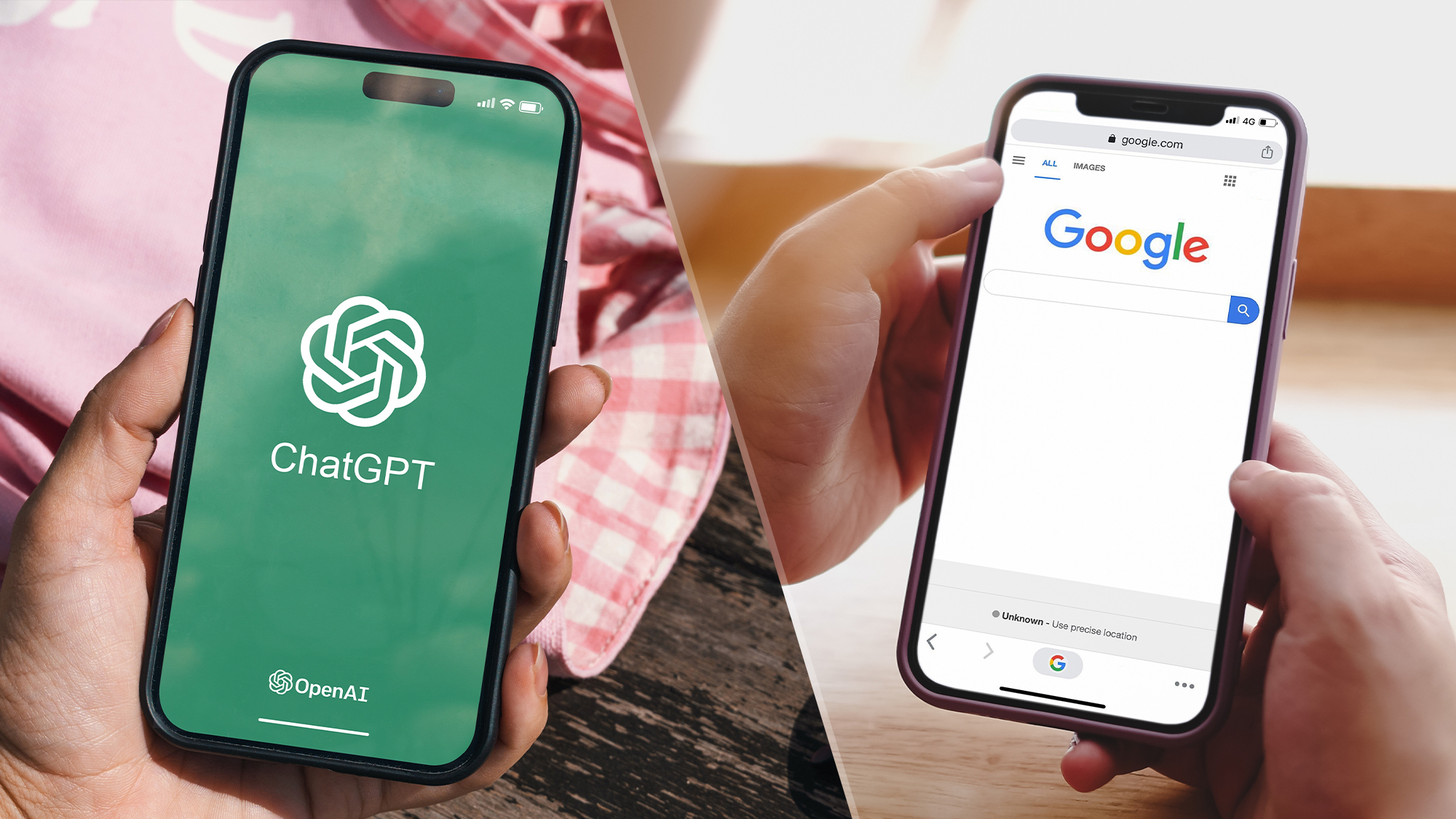The best 8K TVs in 2025: Prepare for the future with these top Ultra-HD models
The best 8K TVs are the peak of current TV technology
The best 8K TVs are a dying breed. Although Samsung just announced not one but two new entries within its 2025 TV lineup, which I saw for myself in South Korea last year, the future-proofed spec is losing its luster. We're seeing less and less TVs launched at that resolution, with TCL scaling back its 8K TV production in 2023. Meanwhile, neither Sony nor LG have launched any new 8K TVs since 2019 and 2020, respectively.
Does that mean you should look elsewhere in search of a more powerful display? Well, you could opt instead for one of the best 4K TVs, which is the more common specification. You'll also find far cheaper models in that range, but if you're trying to get the most sophisticated, advanced picture quality money can buy, you might be better off simply checking out one of our picks among the best TVs to get your money's worth.
The problem is that most content we watch, whether it's from Netflix or Prime Video, is filmed in 4K, unless it's a live broadcast, which is predominantly in 1080p. While the best 8K TVs tend to have serious upscaling potential, like the Samsung QN900D, 8K resolution calls for a much larger screen for the best picture quality. And, as of writing, there's literally only two video games that support 8K resolution for the gamers in the room.
Still, I'm of the mind 8K is worth the investment so long as you have the capital for it. Samsung, for its part, remains a pioneer in the space, releasing some of the best 8K TVs that push the bounds in gaming and HDR entertainment. It's newest lineup blends the art deco chic into the design of its newest 8K display, the QN900F 8K QLED.
We're still a ways away before we can get our hands on Samsung's newest 8K displays, but if you're like me and want one of the best 8K TVs right now despite the cooling temperaments from most TV manufacturers, read on below for our top picks.
The quick list
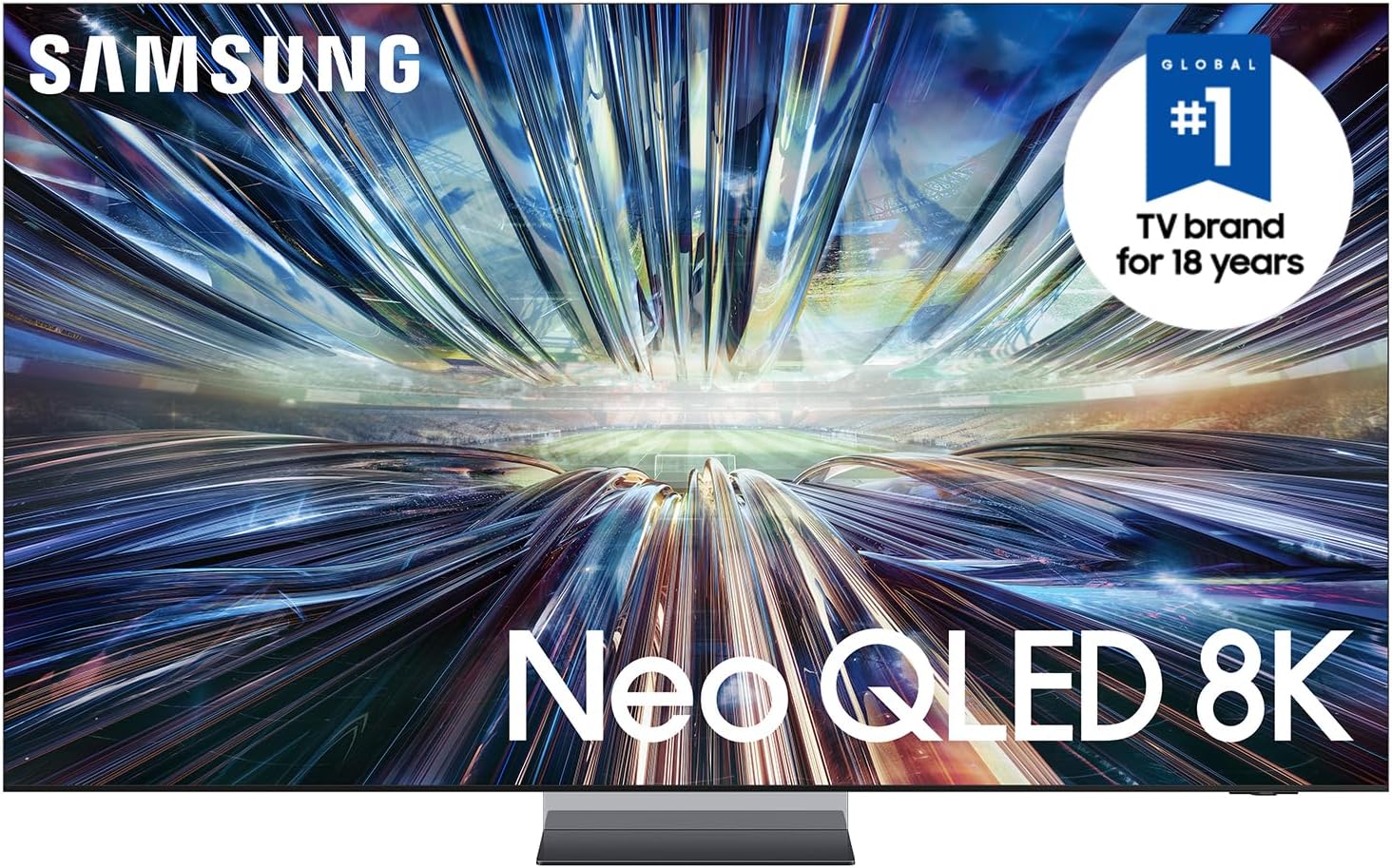
The best 8K TV
The Samsung QN900D is easily the king of 8K TVs right now. It offers ample performance, credited to its best-in-class 8K upscaling, but at a hefty price tag. It makes for one of the most enticing gaming TVs thanks to a 144Hz refresh rate and a 10.1ms input latency.
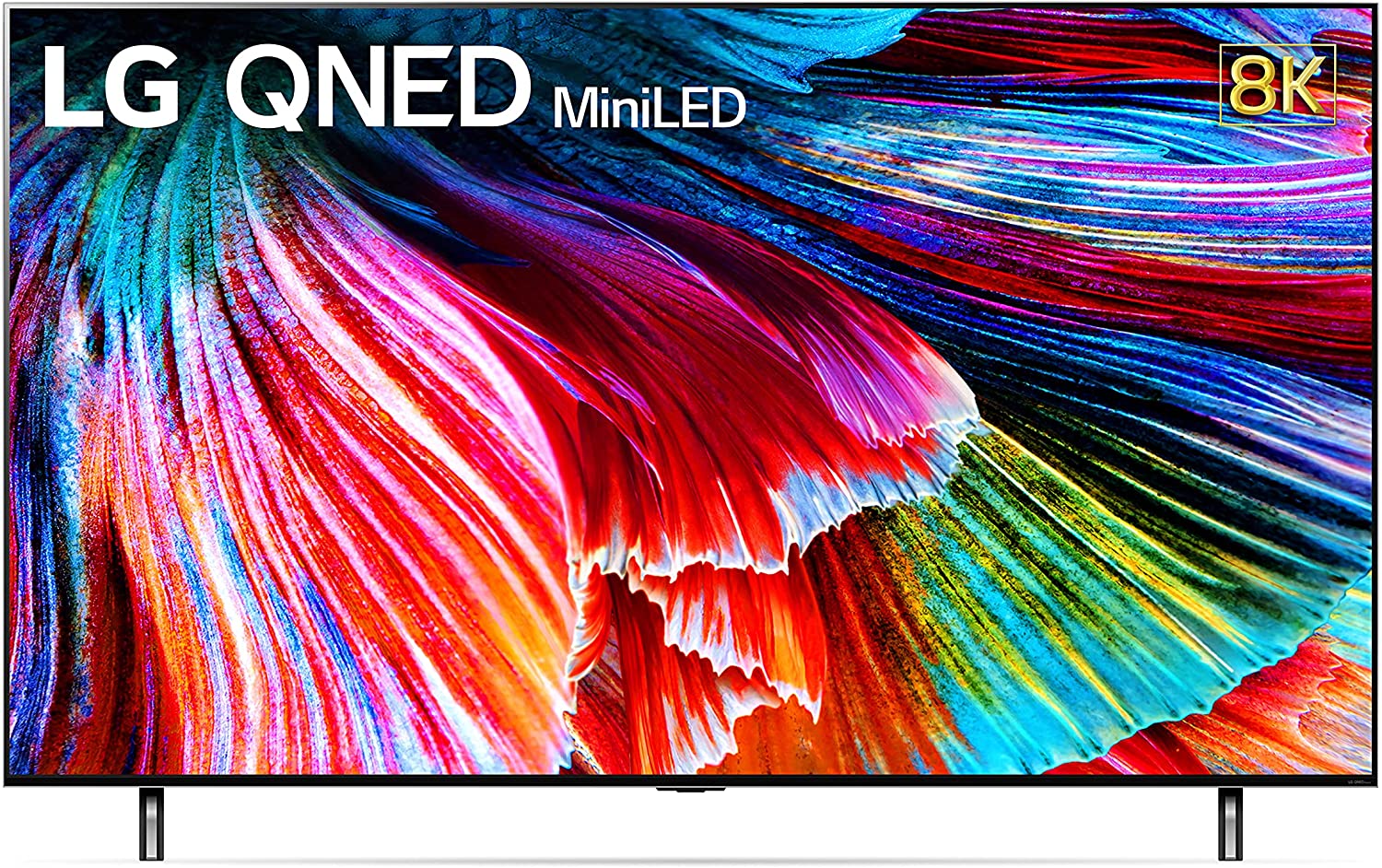
LG's best 8K TV
The LG QNED 99 wrangles a ton of enticing features, but is held back by a few technical issues. If you like webOS and aim to stick with LG over Samsung, the QNED MiniLED 99 Series 8K TV is perfectly tenable thanks to ample brightness and wide viewing angles.
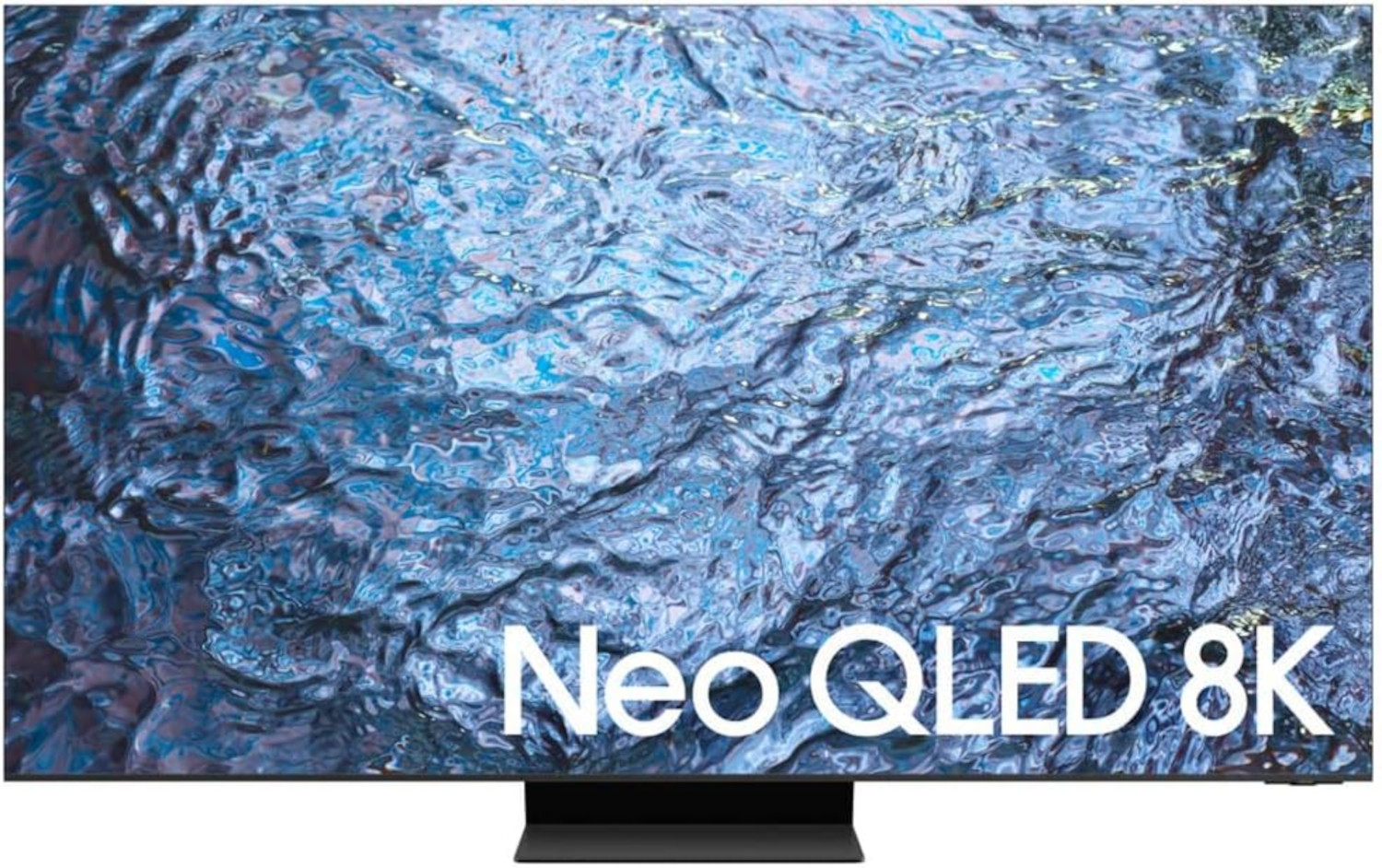
The cheapest 8K TV
Cheap and 8K TV might seem oxymoronic, but last year's Samsung QN900C is your best bet for nabbing that 8K display of your dreams. It's an incredible performer that offers staggering brightness, well-saturated colors and great upscaling.
The full list: Best 8K TVs in detail
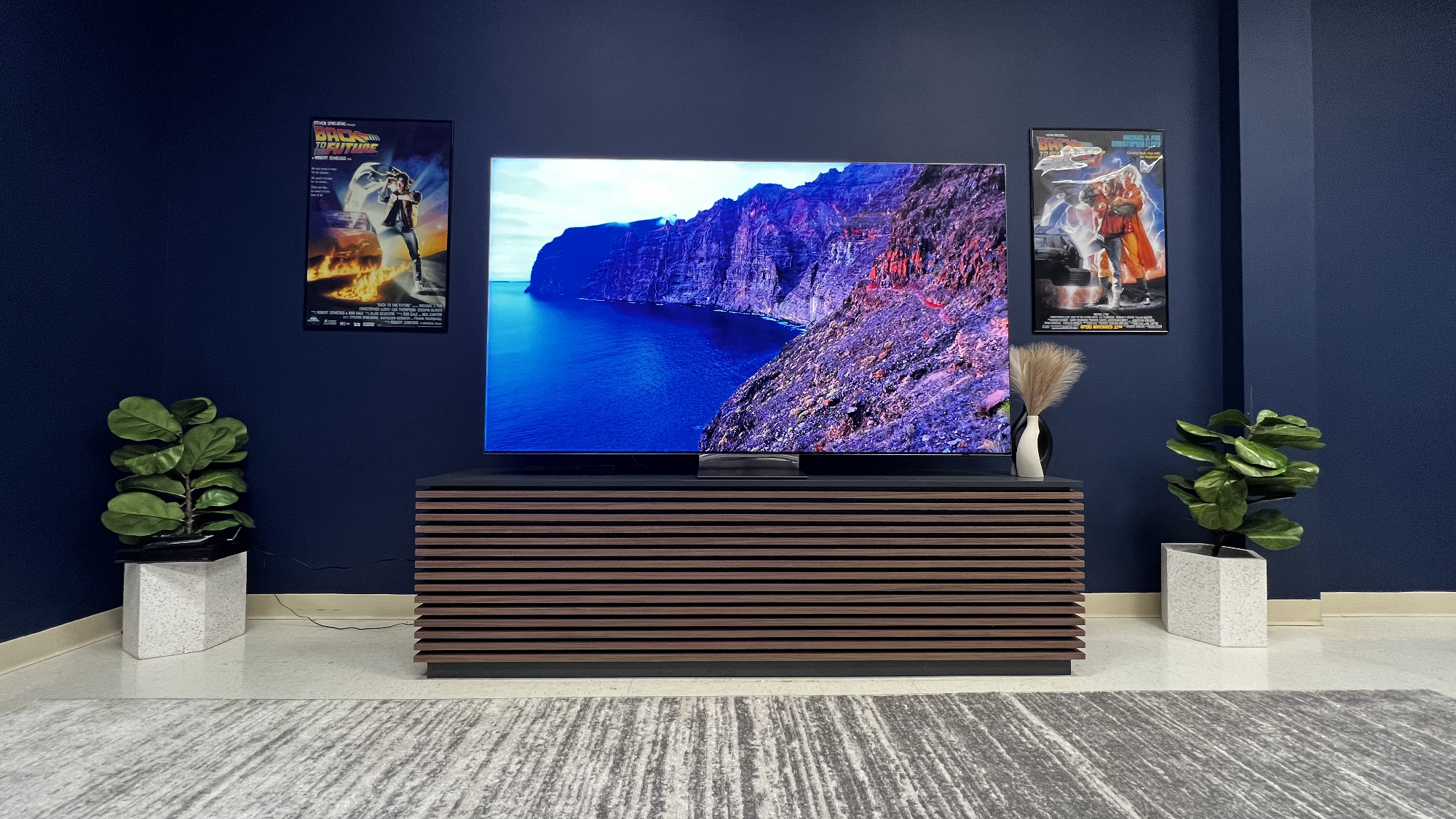
Specifications
Reasons to buy
Reasons to avoid
So there's not a whole lot of 8K content that exists right now, but the Samsung QN900D Neo QLED 8K TV makes short work of any content in lower resolutions. It's built on the NQ8 AI Gen3 processor, a chip designed to handle 8K resolutions that Samsung claims is twice as fast the one used in its 4K QLEDs. And this shows.
The QN900D takes up after the 2023 QN900C and has a slew of valuable upgrades baked into the design. In my hands on with the 8K display, I praised its gaming potential. It might be limited by a 120Hz refresh rate as most other newer TVs sport 144Hz (and we're now entering the 165Hz era), but the QN900D does have support for 240Hz at 4K. That's a dream come true for players running the best gaming PCs.
While the NQ8 chipset sits at the heart of the display, Tizen OS is what rounds it out. Beyond access to the best streaming services, Samsung's Gaming Hub lets you play a variety of titles across a swath of cloud gaming services, including Xbox Game Pass and Nvidia GeForce Now. If that doesn't make it one of the best gaming TVs, I don't know what will.
And you can forget about needing any of the best soundbars, as the QN900D's 6.2.4 channel 90W speaker system is more than adequate. A starting price of $4,999 proves a remarkable investment even for the most brazen of gaming enthusiasts, but it's lack of Dolby Vision might sway buyers with a keen interest in HDR movies and shows. Still, we did give it a perfect score, which is few and far between, so as 8K TVs go it's an absolute powerhouse and the most worthy of the bunch right now.
Read our full Samsung QN900D Neo QLED 8K TV review.
Best LG 8K TV
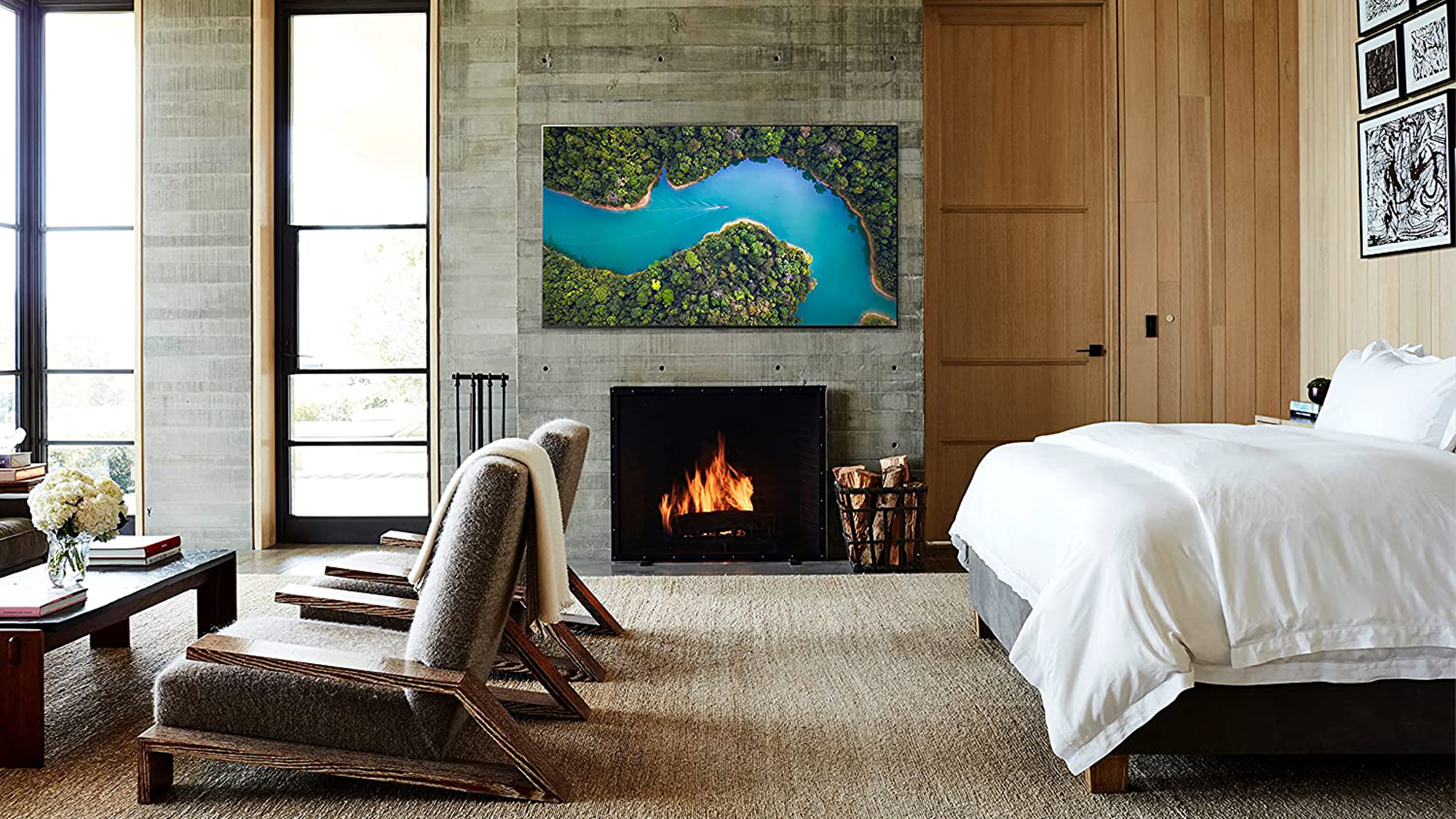
Specifications
Reasons to buy
Reasons to avoid
LG hasn't made a new 8K TV in a long while, leaving the QNED Mini-LED 99 to pick up the slack. It's currently your best bet in nabbing an 8K display built on webOS — of, for that matter, literally anything else but Samsung's Tizen OS.
It's not all doom and gloom, though. Unlike the newer QN900D, LG's QNED 99 comes equipped with Dolby Vision, along with both HLG and HDR10. Given its age, it won't have support for HDR10+, but the coverage for HDR content should be more than satisfactory for most 8K TV buyers. I, for one, can't tell the difference, and Dolby Vision is the most widely used HDR spec, so it really comes down to your preference.
It also has a 120Hz refresh rate with a set of four HDMI 2.1 ports, making it a gamer's paradise all the same. The QNED Mini-LED 99 also has well-rounded audio, which is all built on a 60W 4.2-channel system. This is made all the better thanks to LG's AI Sound Pro, which amplifies the system's output to great effect. I actually recommend, out of all the AI features found on LG's TVs, to keep AI Sound Pro on as it' quite useful, especially for bumping dialogue in movies and shows.
Again, there are several things you'll have to contend with in the face of its four years of existence without any major refresh. But I'm of the mind that its eye-popping 8K performance, incredible brightness, and color output make it an ideal buy for those looking to get one of the best 8K TVs. It's also relatively affordable due to its datedness, coming in around $2,000 for its 65-inch model. Though, I'd refrain from getting an 8K TV in this size, as it's a little too small for the resolution.
Read our full LG QNED Mini-LED 99 Series 8K TV review.
Cheapest 8K TV
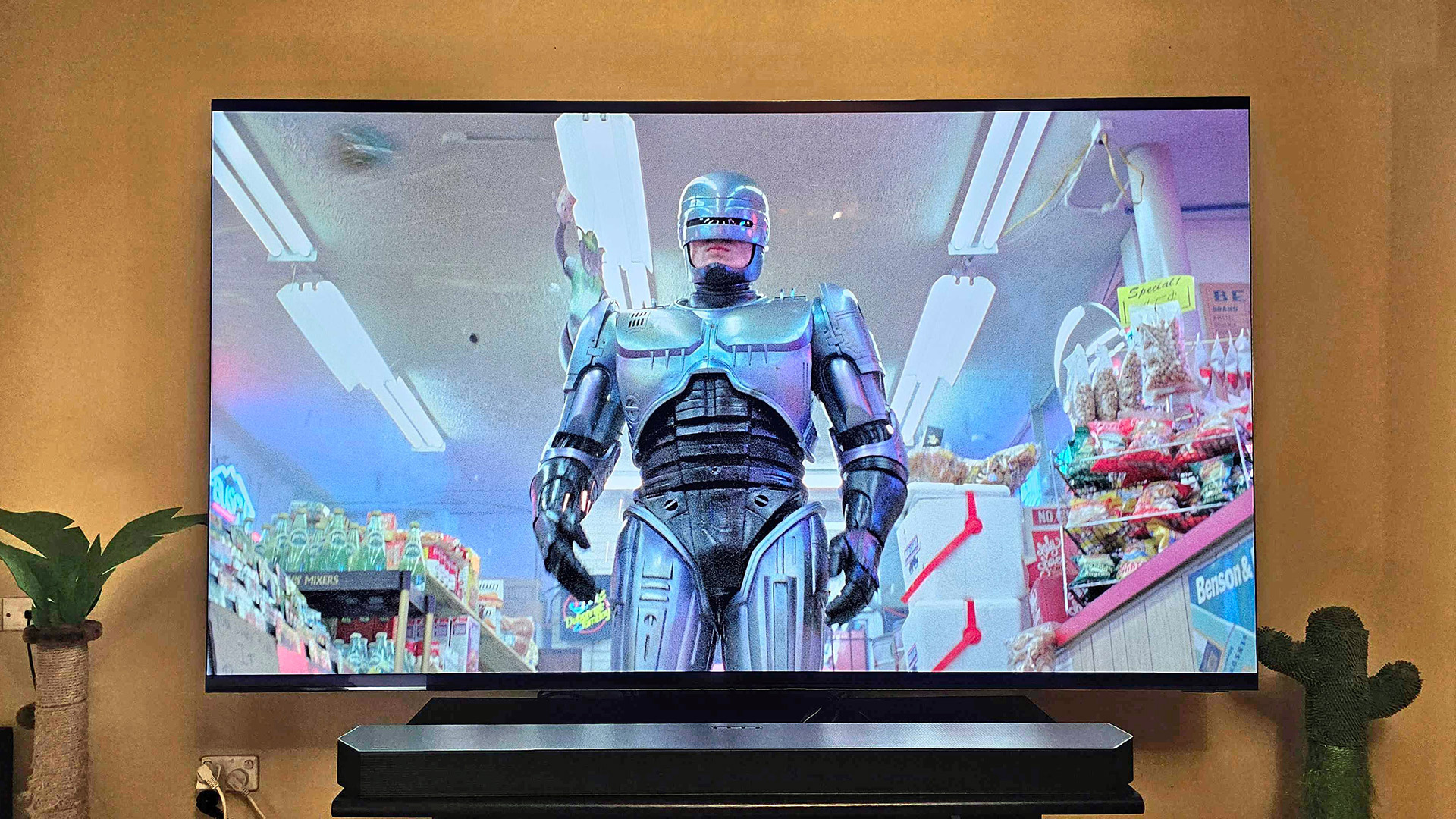
Specifications
Reasons to buy
Reasons to avoid
It should come as no surprise that Samsung's 2023 8K TV is our best pick in the cheapest category. It doesn't have Dolby Vision support, mirroring most Samsung TVs, but it does have all the features you might want at a much cheaper price than its newer QN900D.
That being said, it is an 8K TV after all, so "cheap" in this sense is more like "cheaper than other 8K offerings," which sits at just under $3,000. Not quite budget-minded, but at least it nets you one serious display with one of the best 8K upscalers in the market. And, as I already mentioned, Tizen OS makes all the difference with its slew of gaming offerings and streaming content.
The QN900C is also built with an impressive 6.2.4-channel speaker system that leverages Samsung's Object Tracking Sound Pro tech. Just imagine catching a Giants game or even the next Super Bowl Halftime show with this thing as your main display. You'll have friends begging to come back next year.
And, as you might expect, performance is off the charts. We didn't give the QN900C a near=perfect score for nothing, it's a beast with some of the most unrivaled brightness in the 8K TV sphere. Samsung also touts is One Connect box, which essentially makes the QN900C entirely wireless (minus the power cord).
Of course, it is a 2023 model, so not quite the most advanced but it's still a stunner and one of our favorites in the 8K TV category. We did note some black clipping, as well, which is an important to note, but there's no reason not to go all-in on the QN900C. It's a steal and a half with tons of features to enjoy.
Read our full Samsung QN900C Neo QLED 8K TV review.
8K TV FAQs
What is 8K resolution?
8K resolution is shorthand for 7680 x 4320 resolution. That's equivalent to four 4K panels, tiled in a 2x2 formation.
But the real magic of 8K is hard to convey in words or pictures online. The jump in resolution from 4K to 8K is magnified by the fact that 8K screens are significantly larger than a standard 4K TV. So you not only get incredible lifelike levels of detail, but often at life-like sizes.
That combination of detail and size does deliver some astonishingly realistic images, and the potential for truly immersive 8K entertainment is undeniable. On top of this, TV manufacturers aren't pulling their punches when it comes to 8K TVs. Even the less expensive 8K models are packed with premium features, so you can expect 8K TVs to boast the best audio options and smart capabilities available.
How much do 8K TVs cost?
The price of 8K TVs is coming down rapidly, especially in screen sizes that will fit in the average home. Affordable 65-inch models can now be found for under $2,000, making them more affordable than some premium 4K sets. But larger sizes cost more, between $3,000 and $5,000, and the higher end models still sell for tens of thousands of dollars for giant OLED displays and other premium features.
Are 8K TVs worth buying?
It depends on what you want from them. If you want native 8K content, then no. There are no 8K movies being released, no shows streaming in 8K, there is no 8K version of Blu-ray, and there is very little on the horizon that will use the 8K format because there are still almost no 8K cameras or production tools made to handle the higher resolution.
If you want very well-upscaled 4K content that looks incredibly on a larger, crisper screen, then absolutely you should
How we test the best 8K TVs
How we test TVs to find the best 8K TVs
Why you can trust Tom's Guide
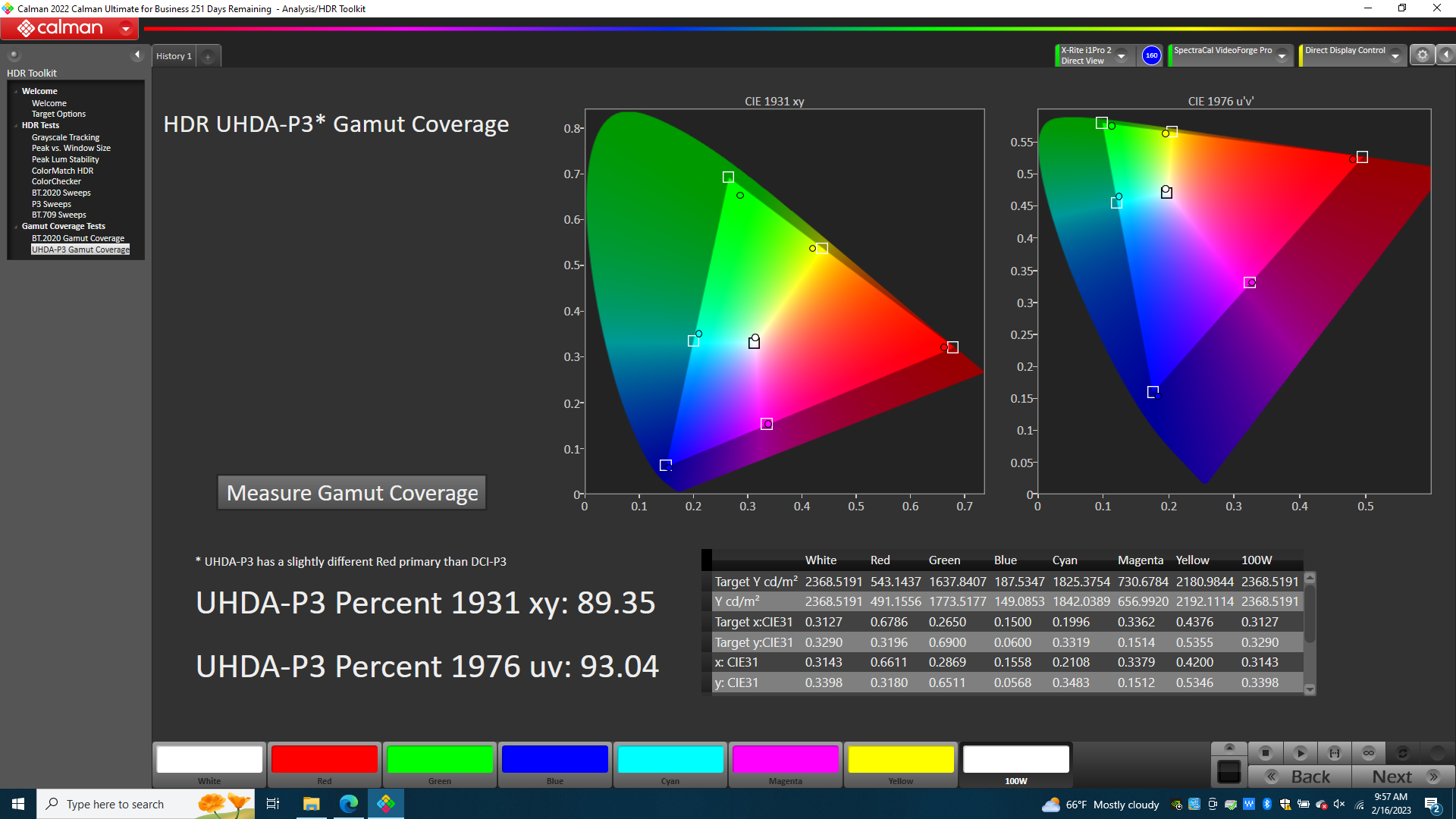
Evaluating TVs is about more than just kicking back to watch a movie. We lab test every TV, measuring color gamut, color accuracy and brightness to objectively see which sets are the best for these key indicators. We also test for lag time – a key detail for gaming – measuring to the millisecond how long it takes for content to travel from the original source to the screen. We use these results to make numbers-based comparisons about color and display quality.
We also spend time with each set for real-world evaluation and see how our lab results translate into more subjective performance. We also compare sets side by side and view samples from the latest movies, specialized test patterns that highlight strengths and weaknesses of each display, and a range of content across several sources. With that information, we can tell you which TVs look best, sound best and offer the best viewing experience.
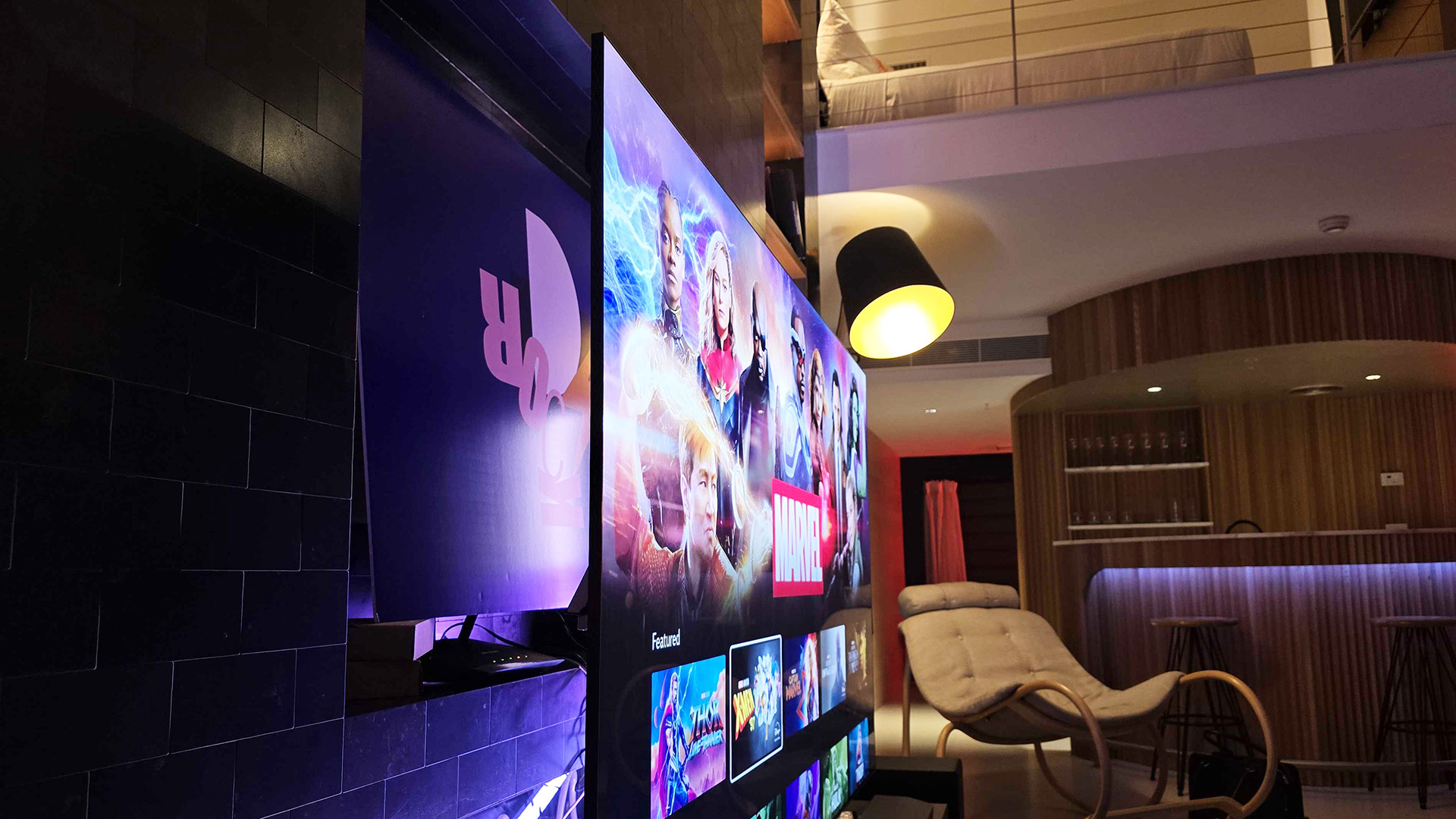
Finally, we evaluate the smart TV functions and apps for each TV, looking at everything from the remote control design to the voice interaction.
We put all of that data together with our real-world testing and stack it against the price of the TV. The result is a score that we feel best represents the totality of that model, and how well it stands up against its contemporary rivals. A TV that scored highly five years ago may not score as highly against a newer model, but we do our best to update reviews when newer models become available.
Best TVs | Best 4K TVs | Best smart TVs for streaming | Best TVs for gaming
The best TVs under $1000 | The best TVs under $500
Best TV brands | Best Samsung TVs | Best TCL TVs | Best LG TVs | Best Vizio TVs | Best Roku TVs | Best Google TVs | Best OLED TVs | Best QLED TVs | Best 8K TVs | Best HDMI 2.1 TV | Best TVs with ATSC 3.0 | Best TVs with Chromecast
The smallest smart TVs | Best 43-inch TVs | Best 50-inch TVs | Best 55-inch TVs | Best 65-inch TVs | Best 70-inch TVs | Best 75-inch TVs | Best 85-inch TVs
Sign up to get the BEST of Tom's Guide direct to your inbox.
Get instant access to breaking news, the hottest reviews, great deals and helpful tips.

Ryan Epps is a Staff Writer under the TV/AV section at Tom's Guide focusing on TVs and projectors. When not researching PHOLEDs and writing about the next major innovation in the projector space, he's consuming random anime from the 90's, playing Dark Souls 3 again, or reading yet another Haruki Murakami novel.
- Nick PinoManaging Editor, TV and AV
